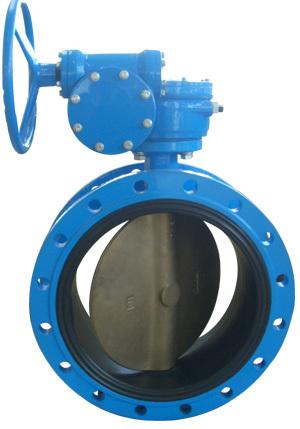In the 1960s, the economies of developed, industrialized countries went into a period of prosperity. Countries such as West Germany, Japan, Italy, France, and the United Kingdom were eager to find an international market so as to export their products, including complete sets of machinery and equipment, which drove the export of valves.
From the late 1960s to the early 1980s, many colonial countries were independent, for developing their industries, they imported large quantities of equipment, including valves. Besides, the oil crisis caused oil-producing countries to invest heavily in the highly profitable oil industry. These were reasons that the international valve production and trade were rapidly developing during that period of time.
China's valve industry production started from the 1960s, and mostly imitated the products from the former Soviet Union. Because of the backwardness of machinery industry and low accuracy of machining, valves made in China at that time had large leakage and could not meet the general control requirements of the industrial production process.
Since the 1970s, with the expansion of industrial production and the improvement of industrial process control requirements, some regulating valves were unable to meet the requirements of high pressure, high-pressure drop, low and high temperature, conveying corrosive media. Because of these, some large petrochemical enterprises imported equipment with control valves, like sleeve valves with balanced plug, eccentric rotary valves, etc. Those imported valves pointed out the development direction for domestic control valve manufacturers, and some of them began to model on those products.
Started from the 1980s, with the implementation of reform and opening up policy, China had organized major enterprises to import and learn from advanced technique, design and equipment from other countries, so the quality of valve and manufacturing technique had been rapidly improved. With the progress of industrial projects such as large power stations, various electro-hydraulic actuators, long-stroke actuators, etc. had been developed to meet the control requirements.
In the 1990s, China's regulating valve industry began to develop rapidly after introducing foreign advanced technologies, filling some blank space and shortening the gap with other countries. At present, many valves production enterprises in China have been able to design and manufacture various kinds of valves in accordance with ISO, DIN, AWWA and other standards, some of which have reached the international advanced level.
For outlining, valves are a kind of control components in pipeline transportation systems, including shut-off valves with the simplest structure and various valves used in extremely complex automatic control systems, such as ball valves, butterfly valves, gate valves, globe valves, check valves, safety valves, plug valves, diaphragm valves, etc. Valves can be used to control the flow of different kinds of fluids such as air, water, mud, oil, liquid metals, radioactive media, corrosive media. The distribution of the valve market is mainly based on the construction of engineering projects, industries, among which the biggest users are petrochemical, electric power, metallurgical, chemical and construction industries.












